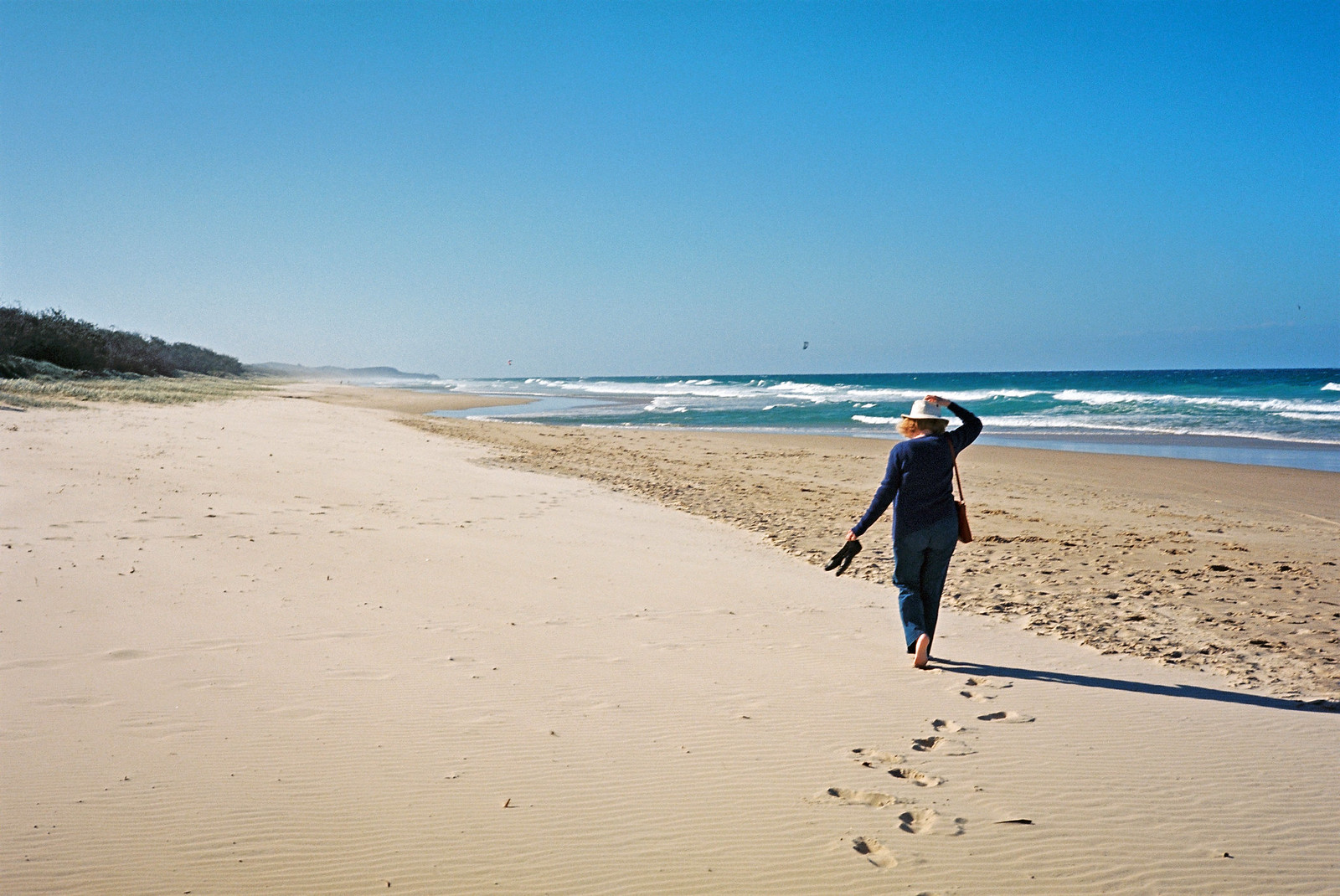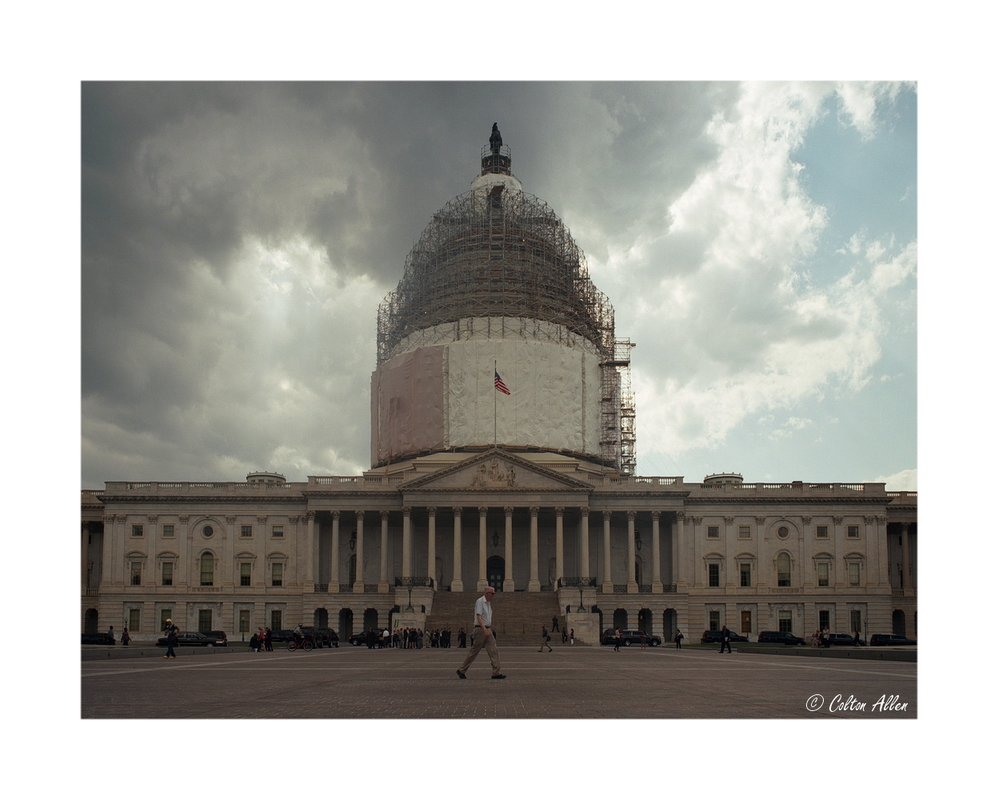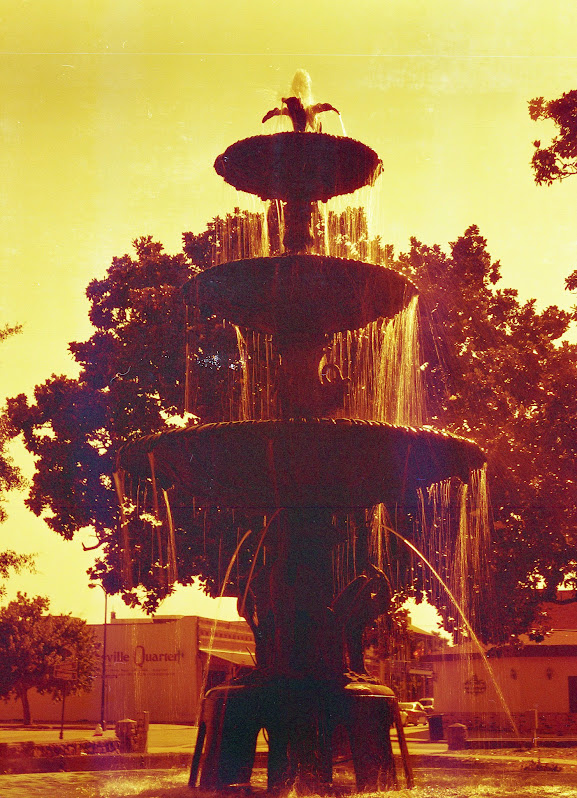 Originally posted by skierd
Originally posted by skierd 
Colton, how much do you shoot and what is your workflow like? It seems like you shoot as much 120 as I shoot digital, and I know it can't be that easy finding the time to process, send out, scan, and edit before uploading.
You've got a great eye for composition, you really do. I know it can't be easy for you to get out and shoot, let alone be as prolific as it appears that you are, so I'm just curious. Lots of film? Lots of keepers? Both?
I try to get out and shoot at least 1 or 2 frames every day, but probably end up getting out around 4 days a week. Some days I don't take any photos, some days I might take 10. I probably average 1-2 rolls per week. I have a very good friend who comes by and he'll take me out in my wheelchair van and get coffee and take photos, usually twice a week. He shoots film also, and we have a lot of fun usually.
Some days I will go out by myself on my powerchair, just around town for an hour or so, usually with an AF 35mm camera since I can sorta operate it on my own.
My mom helps me quite a bit as she's my caretaker when my wife is working.
I'm permanently disabled, and literally can't do anything without assistance, except using the computer, so I often have lots of time on my hands. I spend lots of time scanning and editing, although it probably only adds up to 15 minutes per frame for the frames that I like. I personally feel that it's better to spend all the time necessary on one frame to get it from scan to presentation, than to quickly process 10 frames poorly. Every frame that I decide to process gets full treatment from start to finish.
I see scanning as one stage of the digital darkroom. The end goal being the print, and a web jpeg is essentially a small print in my mind. The scanning process is simply collecting as much good data as possible. My scans often look somewhat different from my final image.
Once scanned, I make the image from that scan. I know that probably sounds cliche and often overstated, but I find it important to think this way.
My processing/editing workflow is probably a bit rudimentary

I've never done any kind of photoshop tutorials or anything, just slowly figured out what works or doesn't work for me. My basic order of operations is (using ACDSee Pro 6), Flip, Rotate, Crop, Levels, Sharpen lightly, then save as new file. Then open in PSE 9, clone dust spots, apply tone curve if necessary, and save. Then back in ACDSee, resize, sharpen lightly (I find that some blur is introduced during resampling), then add border and signature.
I don't think I shoot tons, but I think I've gotten pretty good at getting the most out of a roll of film. On my recent Rolleiflex Portra 400 roll, out of 12 frames, I have 9 that I like well enough to post on Flickr.


 Similar Threads
Similar Threads 



 Or, they can dust off the old FTb and use "B" and a locking cable release. But they still might want to use a smartphone. But I get it -- the true, indispensable value of the LX is that it can compensate during exposure.
Or, they can dust off the old FTb and use "B" and a locking cable release. But they still might want to use a smartphone. But I get it -- the true, indispensable value of the LX is that it can compensate during exposure.














 Post #4 by Nesster
Post #4 by Nesster








